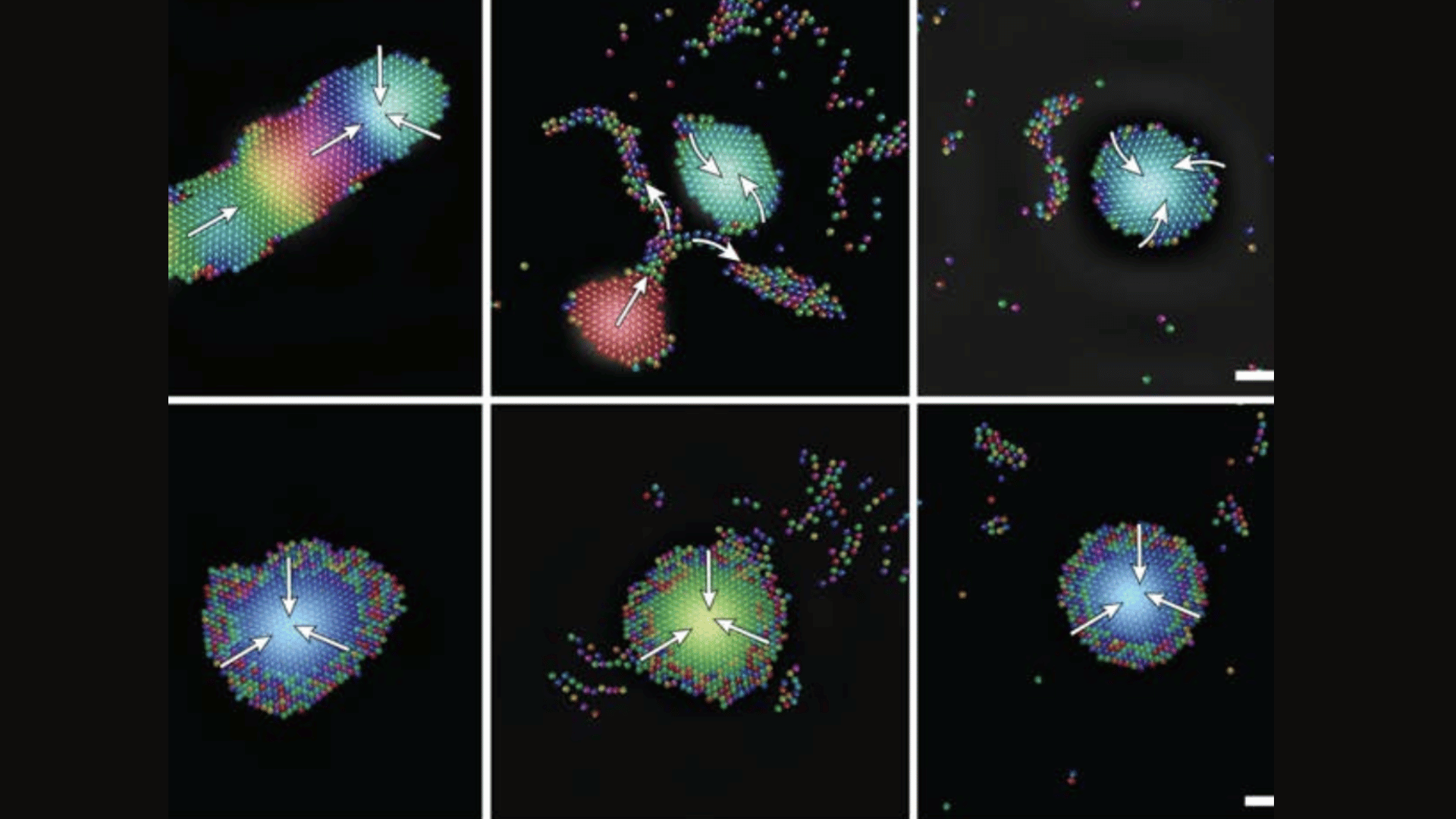In a breakthrough that takes cues from nature, a group of researchers from across the world has replicated miniature robots that use sound waves to form smart, coordinated swarms. The new method, as per media outlets, has the potential to open up a new era of microrobots that can perform complex tasks such as cleaning up pollution, providing relief in the aftermath of disasters, and even targeting medication inside the human body.
The research, which appears in Physical Review X, demonstrates how such micromachines can organize themselves and adapt to their surroundings without complex programming.
A Smart Swarm of Tiny Robots

The team leader, Penn State professor Igor Aronson, likened the robots to swarms of midges or bees, which use the sound of their flight to stay together. “They translate, that makes noise, and the noise keeps them together, a lot of people doing as one,” Aronson said.
The researchers conducted the study using microscopic robots with an acoustic detector and emitter modeled using a computer simulation. These fundamental agents can each move in a direction and have a motor, a very small microphone, a speaker, and an oscillator.
That’s it, but Aronson says they are “capable of collective intelligence.” The robots operate by coordinating their internal oscillator to the acoustic field frequency of the swarm and then moving toward the strongest signal. Such simple acoustic communication allows for individual devices to operate in harmony, acting like a school of fish or a flock of birds.
The robot swarms can navigate through small openings and supposedly even reform if scattered, a property Aronson calls “self-healing.”
This is a significant breakthrough for the still-emerging field of active matter, which studies the collective behavior of self-propelled microscopic particles, either biological or artificial. Previously, active matter particles were primarily manipulated with chemical signaling.
Aronson outlines how sound waves provide a more effective form of communication because they “travel faster and farther almost without energy loss—and the design is much simpler.” The robots really “hear” and “seek” each other, leading to collective self-organization from low-level components.
Aronson is optimistic about the future of the research, describing the results of this study as “crucial for designing the next generation of microrobots” that could potentially address some of the world’s biggest issues.







